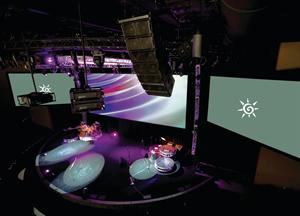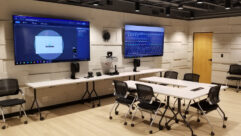

How to Troubleshoot a Sound System
With more audio systems riding a digital network, they often either work or they don’t, and troubleshooting can require IT skills.
Credit: Hugh Forte
Murphy’s Audio Law Number 10: “The probability of having sound-system failure is inversely proportional to the amount of time remaining until the performance.”
—Al Keltz, Whirlwind Music Distributors
There are entire degree programs dedicated to sound-systems maintenance, but that doesn’t mean that the most experienced pros don’t sometimes overlook the simplest things when a sound system isn’t working right. Michael Pettersen, the director of application engineering at Shure, has seen it all. “For some reason, everyone from rank amateur to seasoned professional seems unable to believe that a cable can fail,” he says. “The notion that ‘it worked yesterday’ seems to prevail. I’d have to say that cables are the single biggest failure point in sound systems.”
Bad cables are followed closely on the troubleshooting list by a lack of power to a single component somewhere in the system. That problem is compounded by the disappearance of pilot or status-indicator LEDs on many pieces of equipment. Pettersen recalls a huge system installation that had experienced a mysterious failure that was rectified only after the system engineer flew back to the job site and discovered that a distribution amplifier had been inadvertently left off.
As with most problems found in complex AV systems, working backwards and breaking the sound system down can help to isolate them. It’s as important to know for sure what’s working as it is to know what’s not working. If you have a malfunctioning channel at the mixing console, plug in the input from a working channel. Whether the channel now works or not helps you determine whether to look for the problem before or at the console.
The increased use of Ethernet in sound systems introduces new potential problems that may be easy to overlook. IP addresses with even a single digit off can render a network node useless and an operator baffled. The greater integration of sound systems with computer-based control and source systems means AV pros need more of an IT mentality to troubleshoot them. Experts say that the vast majority of the time, anything that relies on a microchip to operate can be brought back from unwanted hibernation by cycling the unit—turn it off, wait 30 seconds, restart.
Ironically, as sound systems migrate further into the digital-networking realm, they become less complex, with fewer gray areas between working perfectly and not working at all than in the analog world. “In digital, something is either working or it’s not working,” says Pettersen. “In a lot of ways, that’s making things easier.”










